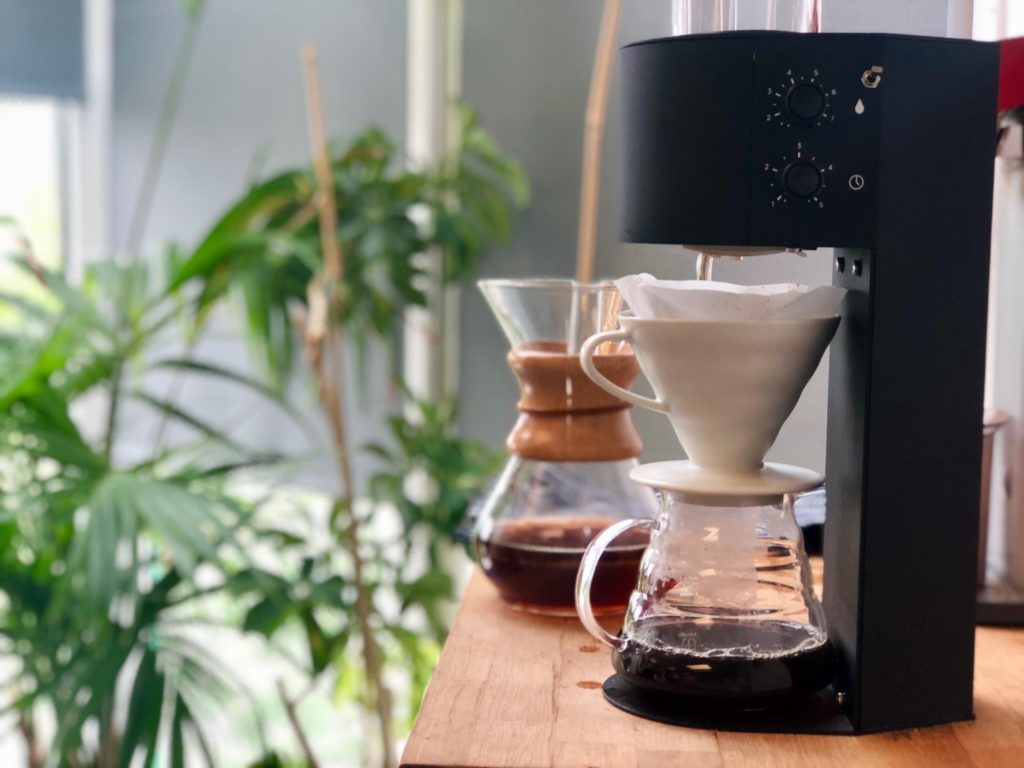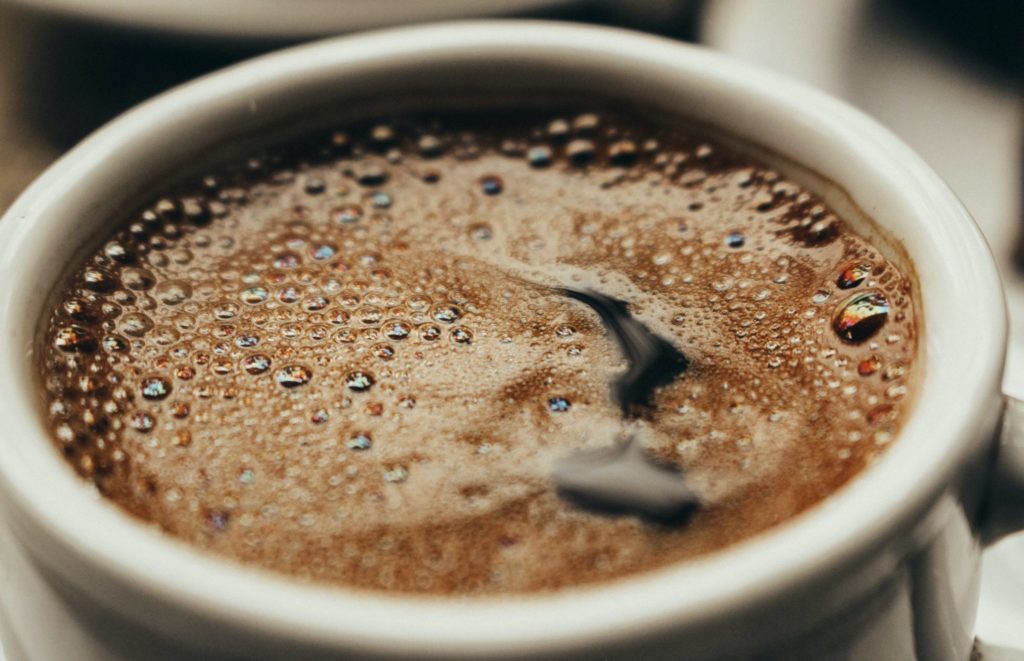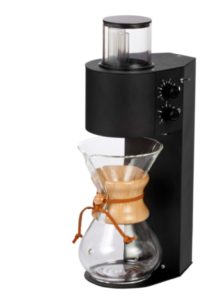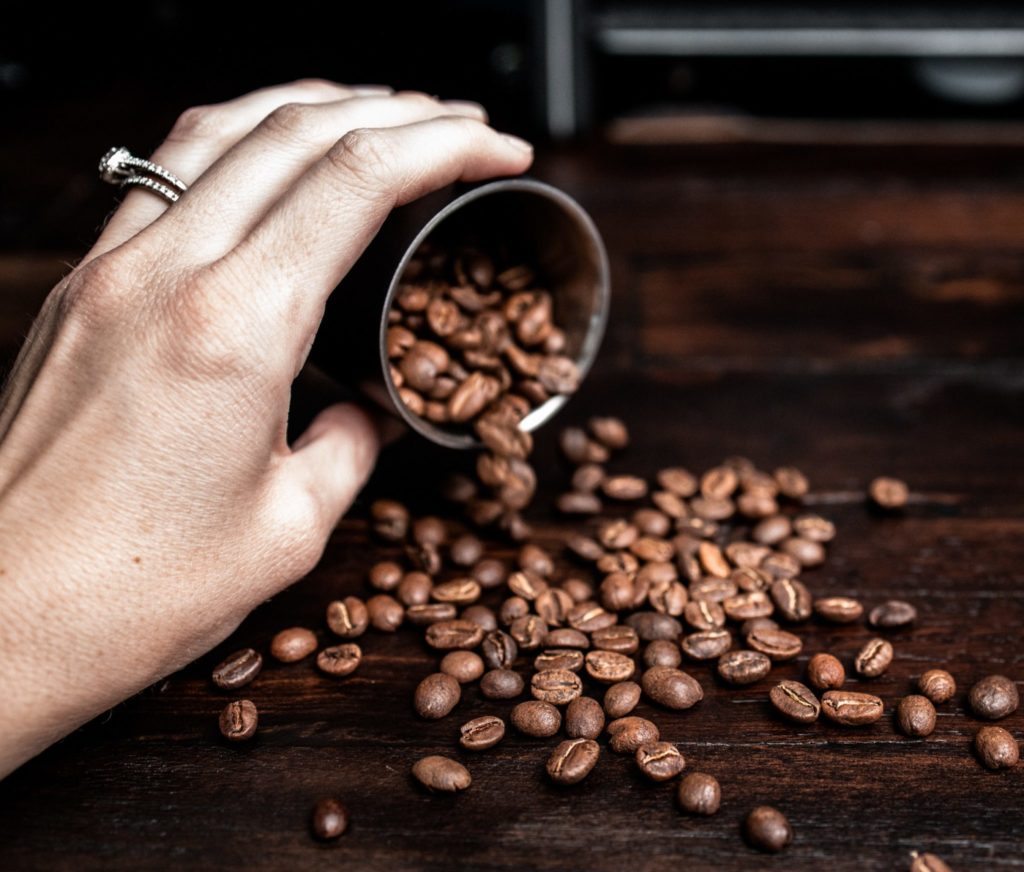Coffee is an art that has many ways to be expressed. One of those ways is the pour-over technique.
But what exactly is pour-over coffee? As explained in this article, written by Ana Paula Rosas, it is a percolation brewing method where hot water is poured over coffee grounds and filters into a vessel.
Carefully, as the water passes through the coffee grounds, it extracts soluble flavour compounds in the coffee, allowing for direct control over the extraction, flavour, and mouthfeel of the coffee.
Because of this precise and skilled technique, pour-over is a favourite brewing method among baristas in the specialty coffee industry.
We spoke to Ed from Clifton Coffee to find out more about why pour-over filter coffee is so essential to the specialty coffee industry.
Why Filter Coffee?
The invention of a paper filter by Amalie Melitta in 1908 changed the specialty coffee industry. In a short time, pour-over filter coffee became a standard brewing method known in Europe.
The reason for that was simple: the taste was less bitter than percolator coffee and much more satisfying. The whole idea is that a pour-over system removes additional residues and oils from the beans, giving the best tasting coffee.
“Brewing a pour-over has always been a great way to showcase individual coffees. The trick is taking a fairly slow but enjoyable experience at home and making it viable for the coffee shop,” says Ed.
More than that, the method offers many baristas the opportunity to try new recipes by altering the grind, brew time, water temperature, and volume.
That way offers possibilities of trying new experiences for recipes. For example, if you alter the amount or the grind of beans, the water temperature or volume of water changes the final results to your coffee shop drinks menu.
At the beginning of this year, talking about trends predictions for the coffee industry, Ed observed coffee shops going back to basics with a priority on simple, high-quality coffee.
Thus, what we will see next is how pour-over became a part of the specialty coffee industry and the techniques to get the best out of it.
Credits: Samer Daboul
Back to Black: How to Make the Best Pour-over Coffee
When it comes to quality, there are many opinions around coffee in addition to the technical definitions.
For Ed, quality is “Coffee that tastes interesting, and you know a little about where it’s from and how it arrived in your cup.” The first step of all you need to find exciting beans is to start a pour-over.
Despite that, some differences between roasts are always essential to be aware of: the country and region of origin, the variety of bean – arabica, robusta – or a blend, the roast type, are some of them by NCA.
Talking about the pour-over technique, the best is to a filter roasted that has been less developed to retain more of the sparkling acidity that a filtered cup of brew desires, in line with this article from Five Senses.
After you have worked out the beans that work best for you and your customer, the next step is finding the right commercial coffee brewer.
Best Commercial Filter Coffee Brewer
“You need good equipment that’s going to preserve those interesting characteristics, then you need the skills to use it all; Clifton can help,” says Ed.
Finding a good dripper can also determine the process. “A cool dripper is not only a joy to use but can be a thing of beauty. Both of these are going to help you treat your coffee with the respect it deserves,” says Ed.
He explained that it could be the piece of equipment that bridges the gap both for the coffee shop in labor costs vs. a manual pour-over and customers perception and finally gives filter coffee the status it deserves.
“At the coffee shop, the real challenge is to figure out a balance between serving the super tasty single-serve coffee and the time that it takes to make it,” says Ed.
A good option for quicker, more consistent filter coffee is the SP9, a single-serve precision brewer: “I have used the SP9, which is an awesome bit of kit,” says Ed.
Marco SP9 brings a precision brewer that allows baristas to brew excellent, consistent filter coffee cup after cup.
More than that, this coffee machine for an office or coffee shop offers precision temperature, time, and volume, everything that an excellent pour-over needs. Ideal coffee machine for office, catering and foodservice.
Credits: Chelsey Horne
Does Water Temperature Affect Extraction?
“The barista needs to understand the effect the materials have on the brew, which in this case is mainly temperature related,” says Ed.
For that reason, it is essential to offer training staff on pour-over coffees.
Besides finding the right hot water boiler for your coffee shop, Marco MIX is the perfect boiling water tap for specialty coffee shops, as it controls precisely the temperature of the water and can be multi-purpose.
The Marco MIX has three temperature, and volume options from the same font, meaning baristas can use it to make pour-over, as well as teas and americanos to the coffee shop drinks menu.
The temperature is one of the tools, along with the grinder and agitation to adjust the extraction. However, heat retention and a stable brewing temperature will only have positive results on the cup quality.
The water needs to be adjusted to suit individual taste preferences “Consistency in temperature is essential.
Finding the sweet spot in a coffee is the challenge, once we can get so obsessed with different brewing techniques,” says Ed.
There is a general guideline and is called the “Golden Ratio.” It means one to two tablespoons of ground coffee for every six ounces of water.
Best at-home Filter Coffee Brewer
Within the past year, it’s no surprise that at-home coffee brewers have grown hugely influential.
Brewing coffee at home can allow consumers to develop their coffee knowledge and home-brewing skills. Coffee at home has always been a popular topic among coffee lovers.
As in specialty coffee shops, pour-over coffee can be made using either the traditional methods such as hand-pouring with a V60 or Chemex or can be made quicker, more comfortable, and more consistent with a home coffee brewer.
The CHEMEX ottomatic coffemaker, for example, manages time, temperature, and turbulence, guaranteeing barista-quality coffee at home.
While many people are brewing coffee at home, Ed feels that the coffee shop will always attract customers back with “The coffee quality and the barista skills.”
By Andressa Lara





